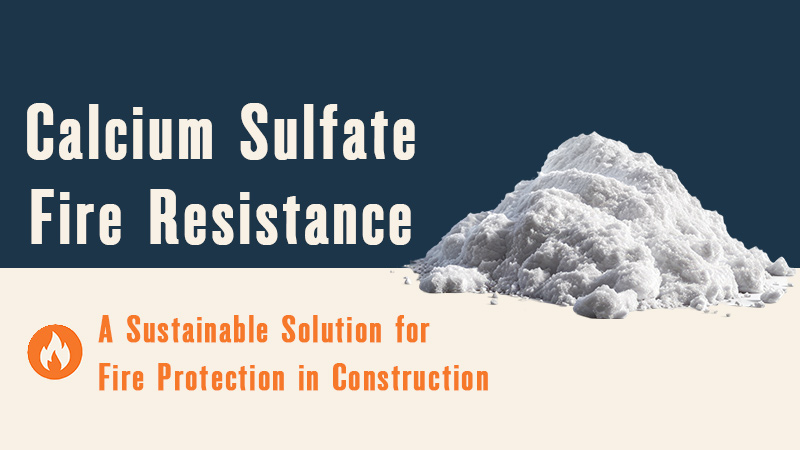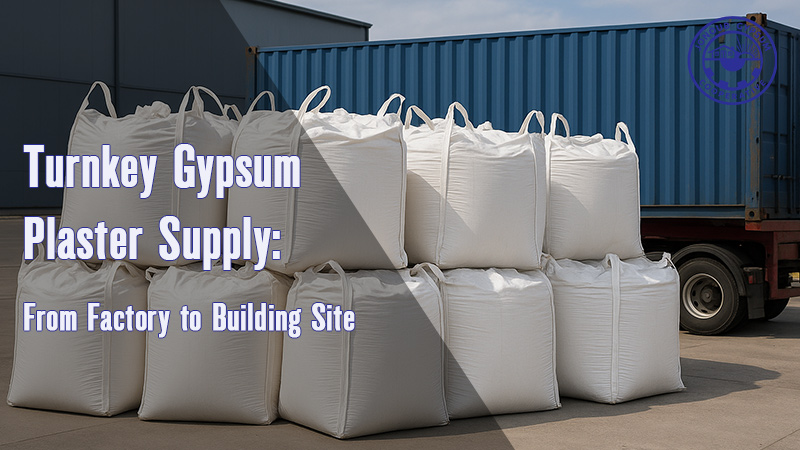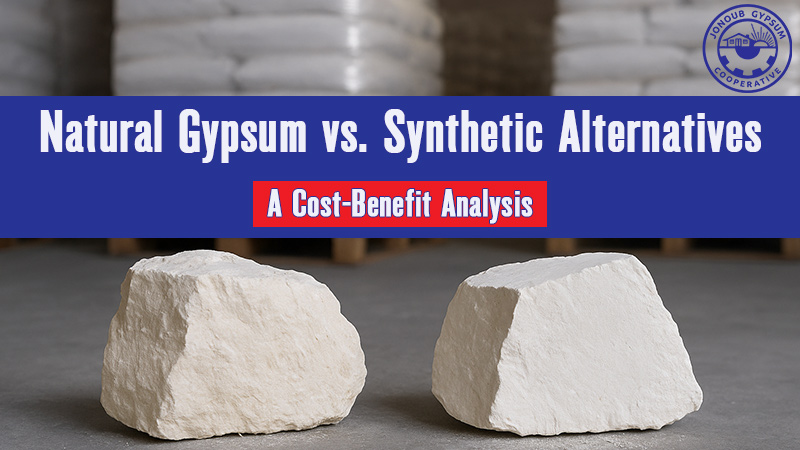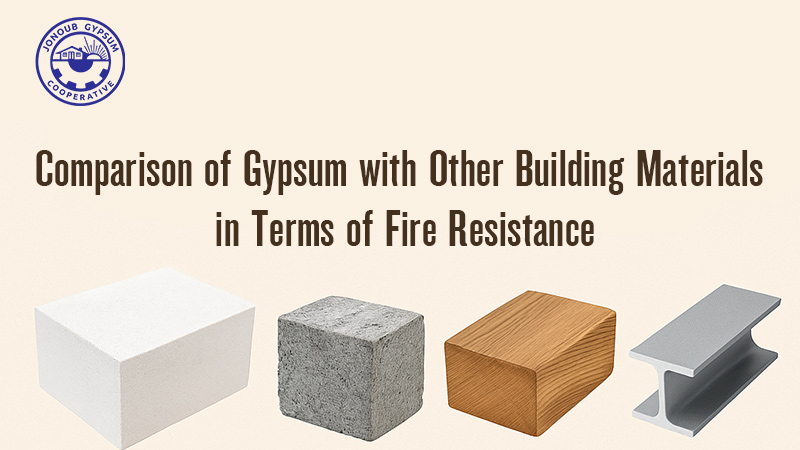
Looking for fire-resistant materials for construction or composites? Discover how calcium sulfate offers natural fire resistance, safety, and sustainability — all in one mineral.
What is Calcium Sulfate and Why is It Fire-Resistant?
Calcium sulfate, commonly found in the form of gypsum (CaSO₄·2H₂O), is a naturally occurring mineral widely used in the construction industry. But beyond being a core ingredient in drywall and plaster, it’s also a powerful fire-retardant material.
Thanks to its endothermic dehydration, calcium sulfate releases water vapor when heated. This vapor absorbs heat and delays the spread of flames, making it a go-to choice for passive fire protection in buildings.
How Calcium Sulfate Provides Fire Resistance
Here’s how calcium sulfate fire resistance works:
When exposed to high temperatures, gypsum transforms:
CaSO₄·2H₂O → CaSO₄ + H₂O (steam)
This transformation:
- Absorbs heat energy
- Releases steam, which insulates nearby materials
- Leaves behind a stable, non-flammable barrier
This natural defense mechanism allows gypsum-based products to withstand fire longer than untreated materials.
Key Benefits of Using Calcium Sulfate for Fire Protection
✅ Eco-Friendly & Non-Toxic
✅ Widely Available and Cost-Effective
✅ Tested & Compliant with International Building Codes
✅ Compatible with Fire-Rated Construction Systems
Whether used in drywall, partitions, or composite materials, calcium sulfate helps create safer, more resilient buildings.
Fire-Resistant Applications in the Construction Industry
🔸 Fire-Rated Drywall
Gypsum boards, especially Type X or Type C, contain reinforced calcium sulfate and provide up to 2 hours of fire resistance. They’re ideal for residential, commercial, and industrial walls and ceilings.
🔸 Fireproof Coatings and Compounds
Calcium sulfate is often blended with vermiculite to form spray-applied fire-resistive materials (SFRMs) used on steel structures. These coatings delay heat transfer and protect structural integrity during fires.
🔸 Ceiling and Wall Systems
In multi-story buildings and fire zones, gypsum-based systems serve as fire barriers, meeting NFPA and ASTM fire standards.
Use in Polymers and Composites: A Growing Trend
In plastic and rubber industries, calcium sulfate fillers are being used to:
- Enhance thermal stability
- Reduce flammability
- Minimize toxic smoke generation
These benefits are crucial for electrical casings, automotive interiors, and building insulation materials.
Comparison with Other Fire Retardants
Fire Retardant |
Fire Resistance Mechanism |
Eco-Friendly |
st-Effective |
Calcium Sulfate |
Water release + thermal block |
✅ |
✅ |
Aluminum Hydroxide |
Heat absorption |
✅ |
❌ |
Intumescent Paint |
Swelling barrier |
❌ |
❌ |
Fiberglass |
Thermal insulation |
✅ |
_ |
💡 Calcium sulfate strikes a perfect balance between performance, safety, and price.
Environmental & Regulatory Advantages
Unlike synthetic fire retardants, gypsum is 100% non-toxic and doesn’t emit harmful fumes. It complies with LEED, BREEAM, and WELL Building Standard requirements — making it ideal for green building projects.
Final Words: Is Calcium Sulfate Right for Your Fire-Safe Project?
If you’re looking to enhance fire resistance in your building designs or composite materials, calcium sulfate is a proven solution. With its natural fire protection, sustainability, and regulatory acceptance, it’s a smart investment for modern construction projects.







